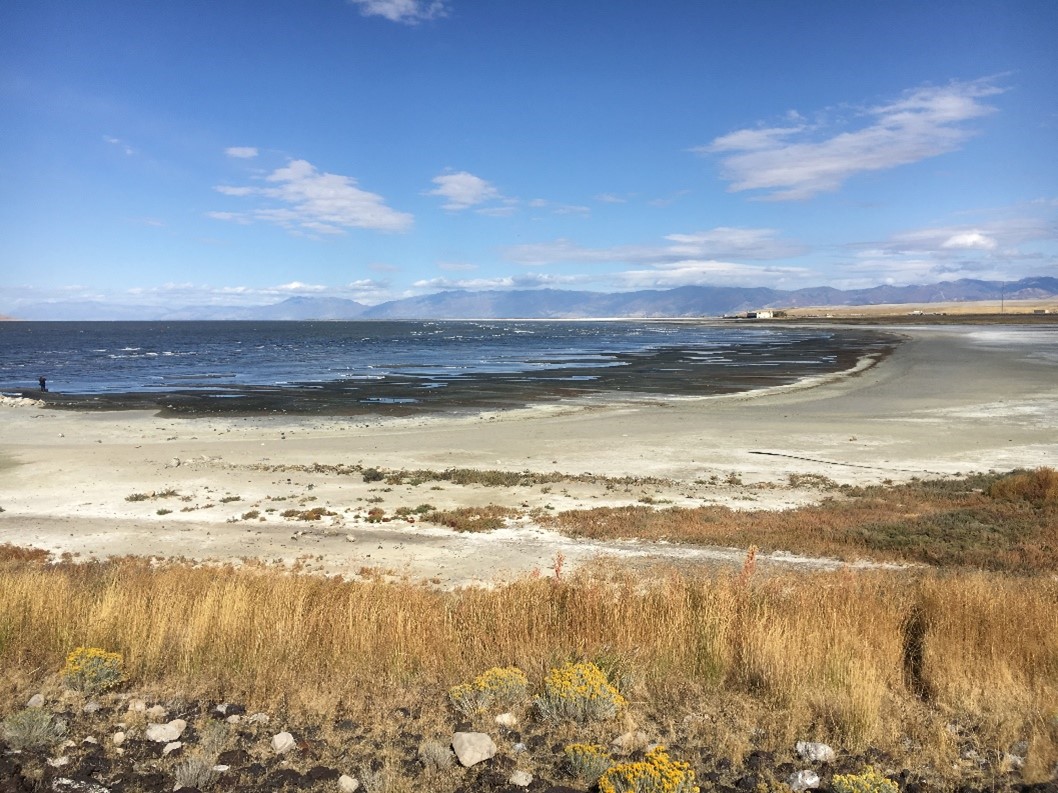Research and Analysis Program

About the Research and Analysis Program
Our planet is changing on all spatial and temporal scales and studying the Earth as a complex system is essential in understanding the causes and consequences of climate change and other global environmental concerns. The purpose of NASA’s Earth Science Research and Analysis Program is to advance our scientific understanding of Earth as a system and its response to natural and human-induced changes and to improve our ability to predict climate, weather, and natural hazards. These components involve multiple, complex, and coupled processes that occur on a continuum of spatial and temporal scales and affect climate, air quality, water resources, biodiversity, and other features that allow our Earth to sustain life and society.
The Earth Science Research and Analysis Program enables advances in Earth System Science by supporting analysis of data from NASA satellites and aircraft, as well as those of our international partners, in coordination with activities of NASA’s domestic and international partners, and documents the Program’s results in the peer-reviewed literature while sharing results with the broader public. The Program enables surface-based and airborne observations of the Earth system that provide both process knowledge and information that both complements and provides calibration/validation information for NASA’s satellite programs. It also develops and applies modeling approaches that can be used for quantitative testing of hypotheses for Earth system behavior and for simulating its prior, current, and future evolution informed by observations.
The Program sponsors research pertaining to six Focus Areas: Atmospheric Composition, Weather, Carbon Cycle and Ecosystems, Water and Energy Cycle, Climate Variability and Change, and the Earth Surface and Interior. Details on the key research questions, research Programs relevant satellite and airborne missions, solicited program elements, and a broad range of interagency/international collaborations and activities corresponding to each Focus Area can be found below.
- Atmospheric Composition: The Atmospheric Composition focus area consists of research on the composition of Earth's atmosphere, particularly of the troposphere and stratosphere, in relation to climate forcing, atmospheric ozone and aerosols, solar effects, air quality, and surface emissions of radiatively and chemically active source gases and particulates.
- Weather: Our weather system includes the dynamics of the atmosphere and its interaction with the oceans and land and involves phenomena ranging from local or microphysical processes lasting minutes to global-scale events predictable up to two weeks prior.
- Climate Variability & Change: NASA's role in climate variability study is centered around providing the global scale observational data sets on oceans and ice, their forcings, and the interactions with the entire Earth system.
- Water & Energy Cycle: The Water & Energy Cycle focus area studies the distribution, transport, and transformation of water and energy within the Earth System. Continuous work includes defining global precipitation, reducing the uncertainties of estimates of W&E budget terms, and having a strong focus on improving remote sensing techniques for land water stores and fluxes such as soil moisture, snow, ground water, discharge, ET, as well as water quality components.
- Carbon Cycle & Ecosystems: This Focus Area deals with the cycling of carbon in reservoirs and ecosystems as it changes naturally, is changed by humans, and is affected by climate change.
- Earth Surface & Interior: NASA’s Earth Surface and Interior focus area supports research and analysis of solid-Earth processes and properties from crust to core. This includes providing the space geodetic observations and products foundational to many space missions.




